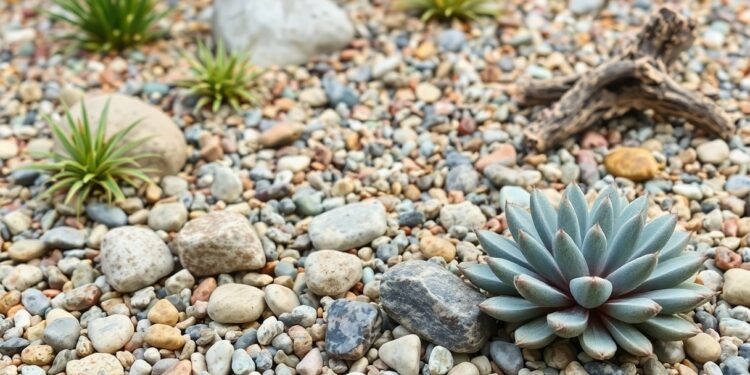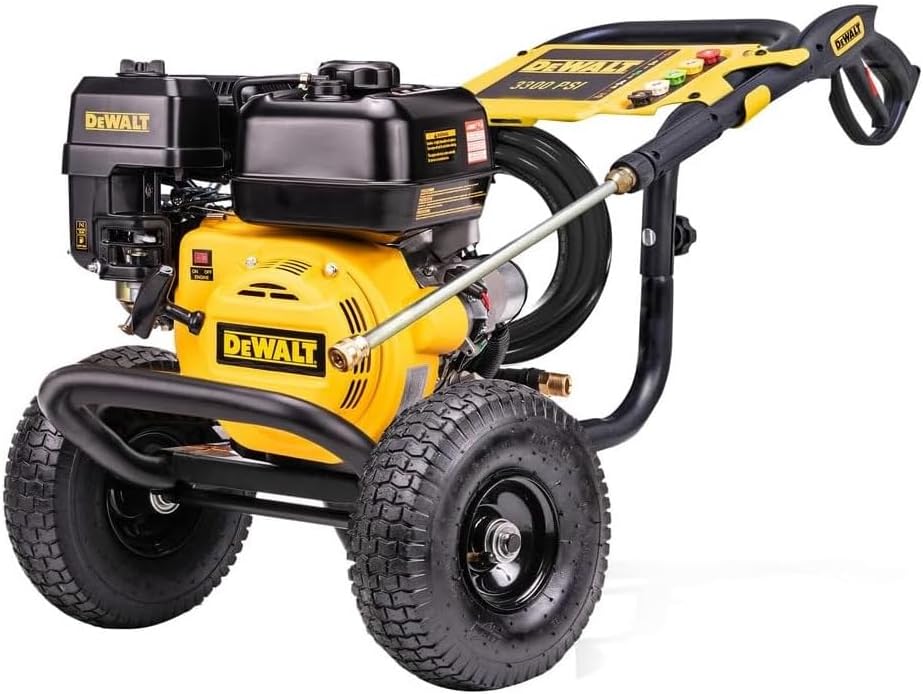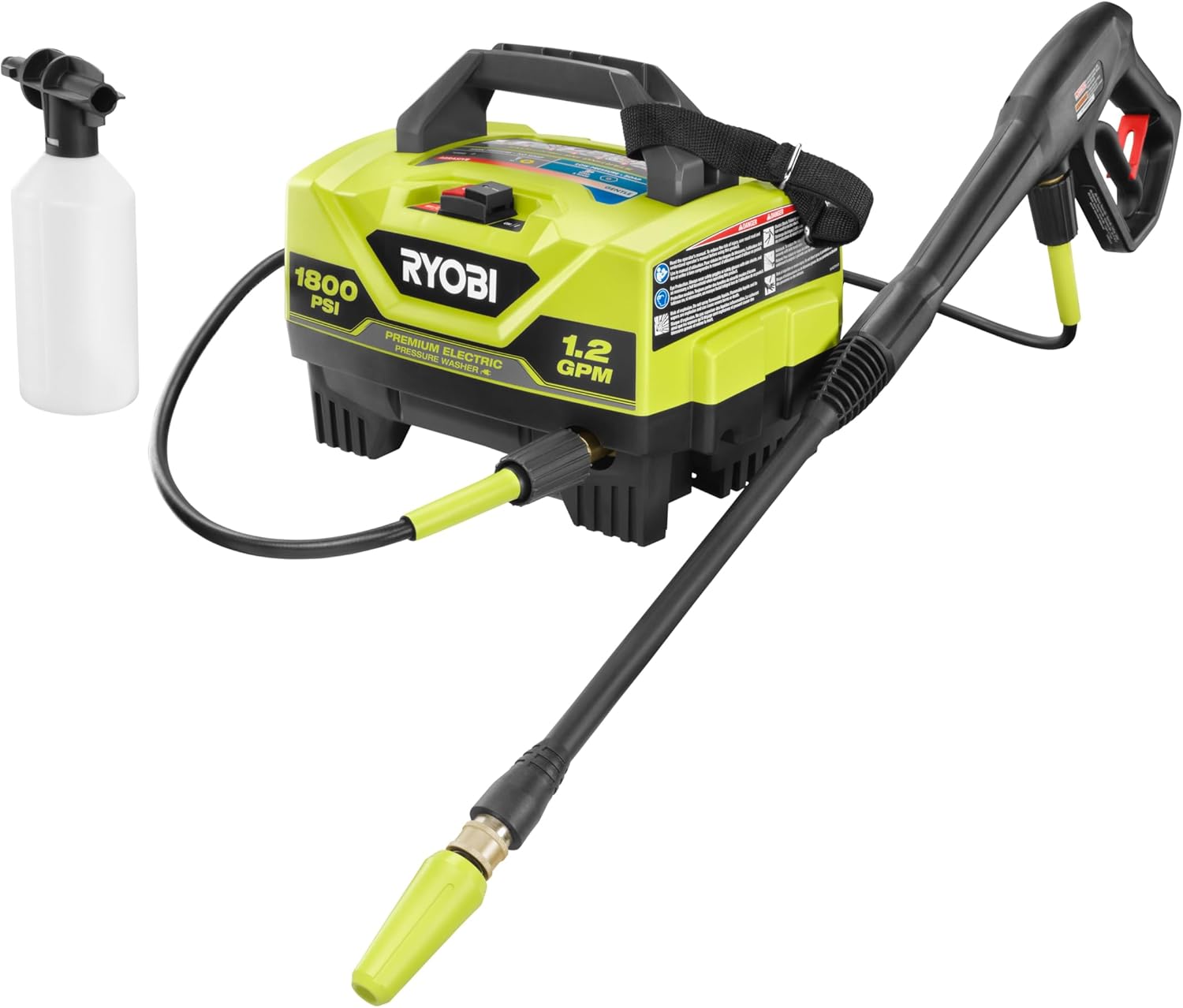Many garden enthusiasts are looking for low-maintenance, stylish options to beautify their outdoor spaces, and a gravel garden might be just what you need! This type of garden not only offers a unique aesthetic but also helps with drainage and weed control. In this guide, you’ll discover simple steps to design and build your very own gravel garden, turning your yard into an inviting haven for relaxation and enjoyment. Let’s dig into the details and get started on creating your perfect gravel paradise!
What is a Gravel Garden?
A gravel garden is a low-maintenance landscape design that features a base of gravel or pebbles and carefully selected plants that thrive in well-draining conditions. This type of garden creates a visually appealing and drought-friendly environment while offering versatility in design. It’s an excellent choice for those who seek to minimize water usage and enjoy a unique aesthetic in their outdoor space.
Understanding the Concept
Now, let’s explore the concept of a gravel garden. This innovative garden style relies on using gravel as a primary ground cover, which not only helps in weed suppression but also allows water to drain quickly. By strategically planting a variety of drought-resistant plants, you create an eco-friendly and striking outdoor space that is easy to maintain and looks great year-round.
Benefits of a Gravel Garden
What makes gravel gardens so appealing is their numerous benefits. They require minimal watering, reduce the need for lawn maintenance, and can be designed to fit any size or shape of your outdoor area. Additionally, they often attract beneficial wildlife, creating a balanced ecosystem right in your backyard!
With gravel gardens, you not only save time and resources but also create a stunning visual landscape that complements your home. These gardens encourage biodiversity as various plants can coexist, promoting habitats for pollinators and beneficial insects. Plus, their natural look can enhance your outdoor area, making it more inviting and enjoyable for you and your guests. Ultimately, a gravel garden is a practical and beautiful choice for any homeowner.
How to Plan Your Gravel Garden
You will want to take a thoughtful approach when planning your gravel garden. Start by considering key factors such as location, design, and plant selection. A well-structured plan will make your garden shine and ensure it thrives for years to come.
Choosing the Right Location
While picking the right spot for your gravel garden, look for an area that receives plenty of sunlight and has good drainage. Avoid places prone to flooding or water retention, as your plants will appreciate a dry environment to flourish.
Designing the Layout
Your layout should reflect both aesthetics and functionality. Think about how you want to use the space and what type of plants you want to include. Create defined paths or distinct sections to enhance visual interest and make maintenance easier.
Garden beds can be arranged in various shapes, such as curved, circular, or linear designs. Consider creating focal points with unique stones or ornamental features. Incorporating height variation with different plants will add depth and intrigue to your layout, making your gravel garden a delightful retreat.
Essential Factors to Consider
Clearly, creating a gravel garden requires thoughtful planning. Take into account the following necessary factors:
- Location and sunlight
- Plant selection
- Soil quality
- Drainage solutions
Thou must evaluate these aspects to ensure your gravel garden thrives.
Soil Quality and Preparation
You should start with assessing your existing soil quality. Good soil is fundamental as it affects how well plants establish and grow. Remove any weeds, rocks, or debris, and consider amending your soil with compost to enhance its fertility and structure, setting a solid foundation for your gravel garden.
Drainage Solutions
One of the most important features of a successful gravel garden is effective drainage. Proper drainage prevents water from pooling, which can harm your plants and undermine the garden’s overall aesthetic.
Drainage is typically achieved by grading the area to encourage runoff away from the garden. You can also install drainage pipes or create a trench filled with gravel to facilitate water movement. Ensure you incorporate a layer of landscape fabric underneath your gravel to prevent soil from mixing with the stones, thereby maintaining optimal drainage and plant health.
Selecting the Right Gravel
Once again, choosing the right gravel is necessary for achieving a beautiful and functional gravel garden. Consider the type of plants you want to grow, the local climate, and the overall style of your garden when selecting gravel. It’s not just about aesthetics; the right gravel will also help with drainage and soil health, making your garden thrive.
Types of Gravel
Assuming you want to make an informed choice, here are some popular types of gravel to consider:
| Pea Gravel | Small, rounded stones, great for pathways. |
| Crushed Stone | Angular pieces, perfect for driveways and borders. |
| River Rock | Smooth stones that add visual interest. |
| Slate Chips | Flat, colorful pieces, excellent for mulch. |
| Granite Gravel | Durable option with various color choices. |
The type of gravel you choose will significantly affect your garden’s appearance and functionality.
Color and Texture Choices
Any gardener knows the importance of color and texture in creating a visually appealing space. Choose gravel that complements your plants and overall landscape design. Vibrant colors contrast beautifully with greenery, while natural tones can create a more cohesive look.
Color plays a significant role in the overall design of your gravel garden. Warmer shades like reds and browns can add warmth and coziness, while cooler colors such as blues and grays can invoke a sense of tranquility. Texture also matters; mixing different sizes and shapes of gravel can create depth and interest, making your garden stand out. Consider the atmosphere you want to create, as both color and texture will affect how you feel in the space.
Planting in Your Gravel Garden
Unlike traditional gardens, planting in a gravel garden allows you to enjoy low-maintenance beauty with a variety of drought-resistant plants. The key is to ensure that your plants are suitable for the dry conditions and that they thrive in the rocky environment. Create an inviting atmosphere by choosing the right plants and arranging them thoughtfully. With some care and creativity, your gravel garden can become a stunning focal point of your outdoor space.
Best Plants for Gravel Gardens
The best plants for gravel gardens are those that can withstand dry conditions and poor soil. Look for drought-tolerant perennials like lavender, sedum, and achillea, which not only add vibrant color but also attract pollinators. Ornamental grasses and succulents are also excellent choices, as they provide texture and visual interest, making your gravel garden a thriving ecosystem.
Arranging Your Plants
Gravel offers a unique opportunity to arrange your plants in visually striking ways. Place taller plants at the back or center if your garden is viewed from one side. Layering shorter plants in front creates depth and variety. Consider grouping similar plants for a cohesive look, or mix different textures and colors to create an eye-catching display. You can also leave some open spaces for the gravel to peek through, allowing your plants to shine.
Planting with intention enhances your gravel garden’s aesthetics and functionality. Utilize a combination of different heights and colorful blooms to achieve a balanced look. Experiment with varying plant sizes and shapes, making sure to consider how they will grow and fill the space over time. Besides, leaving room for growth can help prevent overcrowding and ensure that each plant has its time to shine. Your gravel garden will flourish as you thoughtfully arrange your chosen plants, creating a vibrant and inviting landscape.
Maintenance Tips for Your Gravel Garden
Now that your gravel garden is established, keeping it in top shape is crucial. Regular maintenance will ensure that your garden continues to thrive. Here are some tips to help you maintain your gravel garden:
- Check for weeds regularly and remove them promptly.
- Replenish the gravel layer as needed.
- Water your plants during dry spells.
- Keep an eye out for pests and treat them early.
Any small investment of time will keep your gravel garden looking beautiful.
Weeding and Mulching
Mulching your gravel garden is an effective way to combat weeds and retain moisture. Consider using natural materials like straw or shredded bark, as they not only suppress weeds but also add organic matter as they break down. Regularly checking for invasive weeds and removing them manually will prevent them from spreading and keep your garden tidy.
Seasonal Care
Mulching in the fall can prepare your gravel garden for winter, while a light spring cleanup ensures your plants are ready to flourish. It’s wise to refresh your mulch annually to maintain its effectiveness. Additionally, take a moment to prune back any dead branches or perennials to encourage healthy growth.
With each change of season, you’ll want to assess your garden’s needs. Spring may call for fertilizing, while autumn is for preparing the plants for cooler temperatures. Ensure your gravel paths remain clear and consider replacing any missing gravel to keep the area looking neat and inviting.
Conclusion
So, as you launch on creating your own gravel garden, take the time to choose the right materials and plants that resonate with your style. Whether you want a serene retreat or a vibrant space, consider the layout and maintenance needs to ensure your garden flourishes. With a little creativity and effort, you’ll have a beautiful gravel garden that enhances your outdoor space, offering you a place to relax and enjoy nature. Happy gardening!

















